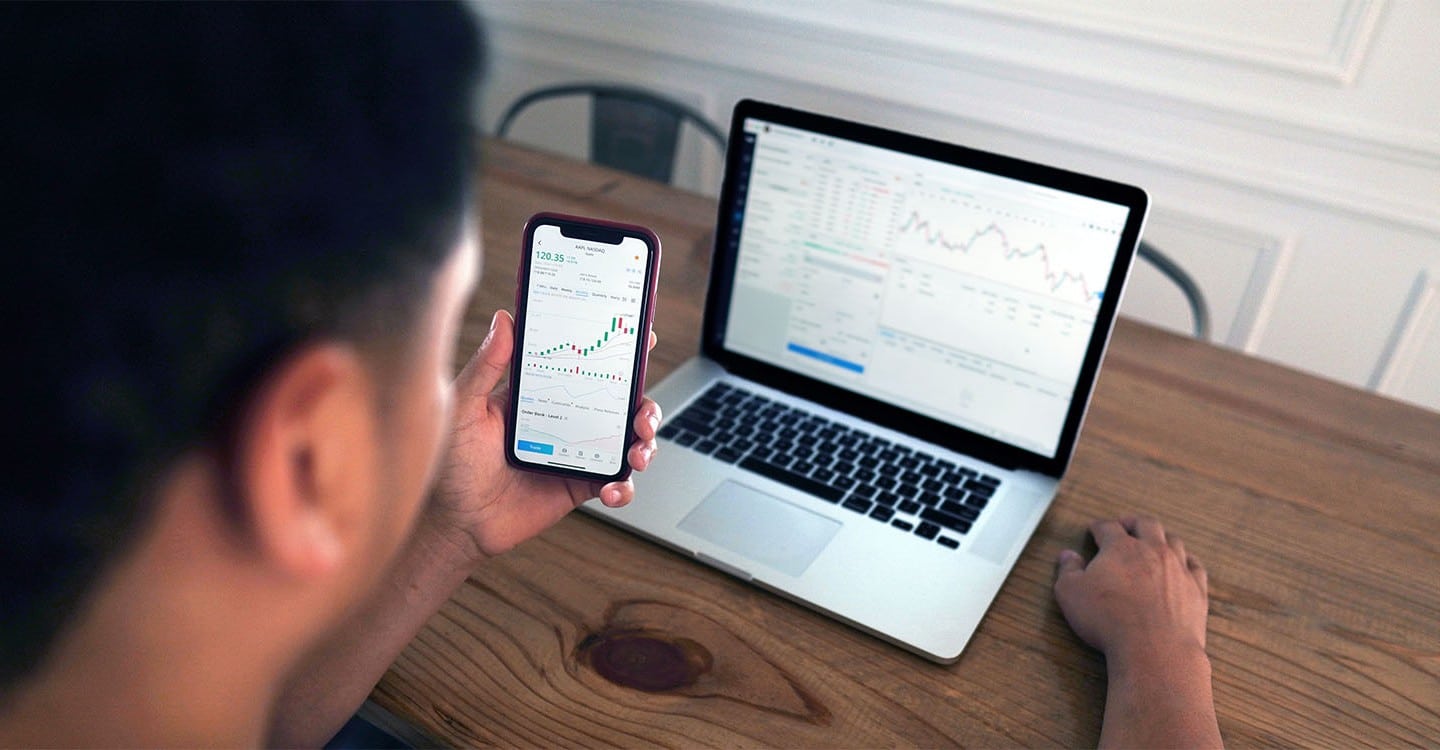April 2025 marked the most volatile month for markets since COVID, pushing investor anxiety to new highs, as many stocks and other investment assets rapidly decreased and increased in value.
With inflation and global trade uncertainty on people’s minds, it is easy to feel anxious. In times like these, going back to the basics — like portfolio diversification — can be a helpful strategy in reducing the impacts of volatility. Investment funds like mutual funds and exchange-traded funds (ETFs) offer a simple way for Canadians to diversify by buying a basket of stocks and other investments in one fund rather than individual companies. According to National Bank of Canada, many Canadians turned to ETFs in March 2025 amid market uncertainty.
But with so many options, choosing the right investment fund can be confusing. That’s where a fund fact sheet can be a powerful decision-making tool for Albertans looking to build resilient portfolios.
What is a fund fact sheet?
A fund fact sheet (available on the website of the financial institution offering the product) is a document that provides key information about a mutual fund or an ETF. While layouts may vary slightly depending on the fund, these documents are often in plain language and designed to be easily compared — like a product brochure.
A typical fund fact sheet includes: the fund’s objectives, top investments, management fees, investment strategy, risk rating, and past performance history.
To safeguard investors and empower them make informed decisions, Canadian Securities Administrators made fund fact sheets mandatory disclosure for Mutual Funds and ETFs in June 2013 and December 2016 respectively. As part of the requirements, a fund fact sheet must be updated at least annually, or whenever material changes occur.
5 things to consider when reading a fund fact sheet
1. Match the fund’s objective with your financial goals
The fund objective, found right at the top, offers a clear statement of what the fund aims to achieve. Some funds are designed to grow your money, others aim to provide steady income, and some focus on preserving capital.
But how do you make this information work for you? Translate the fund’s objective into real-life terms. Ask yourself: Does the fund help me work towards the goals I’m investing for?
If you’re saving for a short-term goal, a high-risk fund like an all-equity option might not be the best fit. But with a longer time horizion, like retirement 30 years down the road, a growth fund might fit your goals.
2. Analyze exposure risk through sector and geographic allocation
This section of the fund fact sheet dives into the types of assets the fund holds. In addition to the top 10 holdings, look closely at the sector and geographic allocations.
This matters because overlapping exposure can reduce the benefits of diversification.
For Albertans, it’s especially important to watch out for home bias with funds that heavily invest in sectors like energy or agriculture — industries that are a significant part of the province’s economy. If you already own individual energy stocks, buying a fund that is also heavily energy-weighted may throw off your portfolio balance. If that sector takes a hit, your losses could be magnified.
3. Don’t take the risk rating at face value
Most fund fact sheets include a simple risk label: low, medium, or high, to give you a basic idea of the fund’s volatility and return potential. Generally, the higher the level of risk the higher the potential return from a fund. While this is a helpful starting point, it’s not the whole picture.
For a holistic view, look for these two key risk metrics, usually available on the fund’s website:
- Standard deviation – This shows how much a fund’s returns can vary from the average. A higher standard deviation means greater volatility.
- Sharpe ratio – This measures the return you’re getting for the risk you’re taking. A higher Sharpe ratio indicates that the fund is providing better returns for the amount of risk taken.
While risk labels are helpful, the numbers explained above can give you a clearer picture of how a fund might behave through market swings.
4. Consider the Management Expense Ratio (MER)
Every investment fund charges a fee known as the Management Expense Ratio (MER). This fee covers the cost of managing the fund and is deducted from your returns.
Typically, mutual funds are actively managed by a fund manager and come with higher MERs, usually between .75 and 2.5 per cent. ETFs, on the other hand, are often passively managed, tracking an index which is a market sector or segment, and usually have lower MERs, ranging from 0.05 to 0.5 per cent.
MERs can quietly eat into your returns over time. For example, a 2 per cent MER on a $10,000 investment is $200 per year in fees, while 0.25 per cent MER is $25. Lower fees mean more of your money stays invested.
5. Common terms you might see on a fund fact sheet
As you read a fund fact sheet, you might come across some additional terms. Here’s a quick guide:
- Net Asset Value (NAV): The per-unit value of the fund, calculated by dividing the total value (assets minus liabilities) by the number of units.
- Distribution yield: The income the fund pays out, including dividends, interest, and other income distributions.
- Turnover ratio: How frequently the fund buys and sells investments. Higher turnover often means more active management — and potentially higher fees.
- Benchmark: An index (like the S&P/TSX Composite Index) used to compare the fund’s performance.
- Bid-ask spread: The difference between the price a buyer is willing to pay and what a seller asks. A narrower spread is better — it means you lose less value when trading.
A volatile market’s headlines can rattle any investor. But investing wisely isn’t about reacting to the news. It’s about sticking to the fundamentals.
Fund fact sheets are an essential tool that empowers you to make informed investing decisions. Please take time to understand it and set yourself up for long-term diversification.







